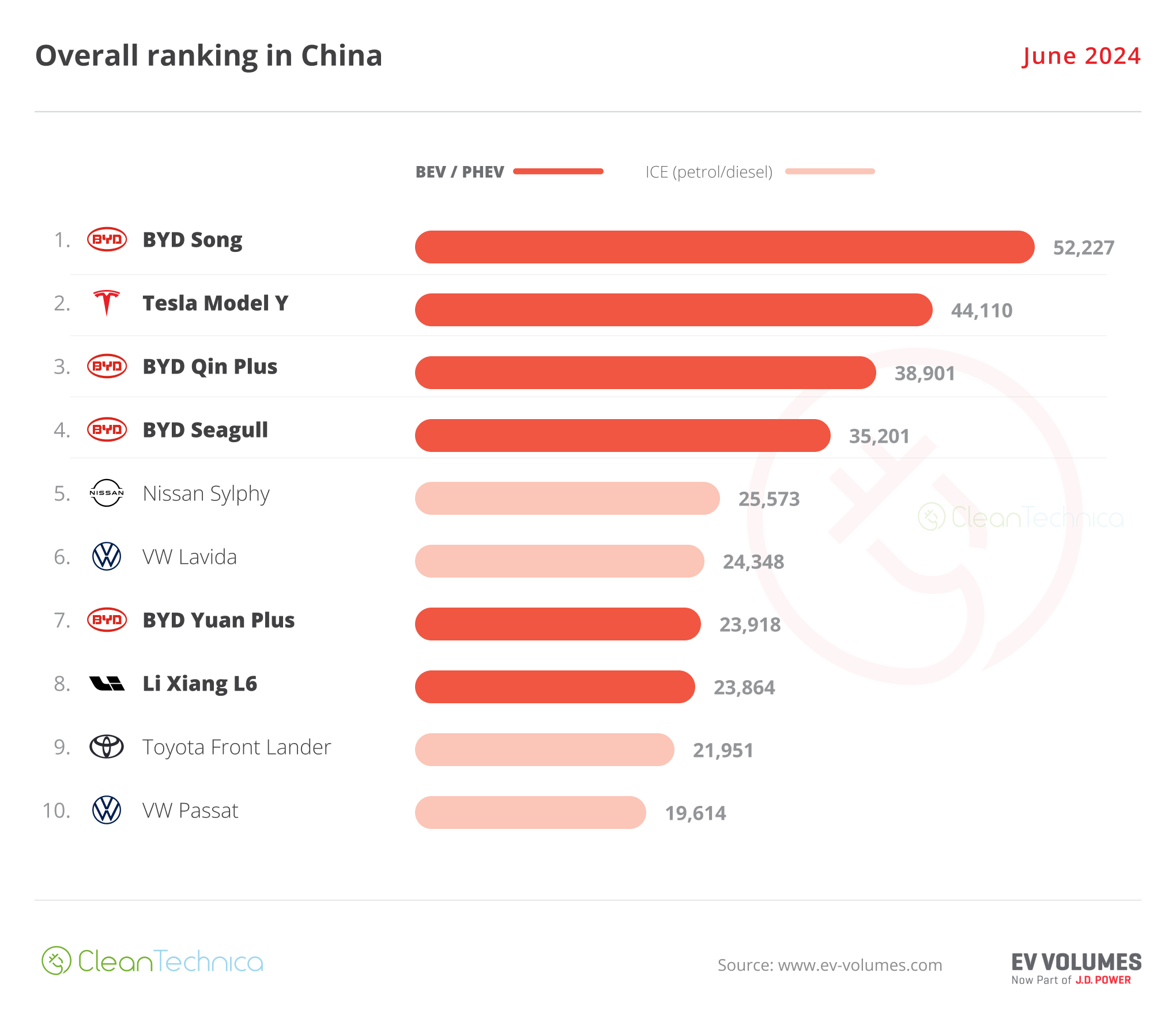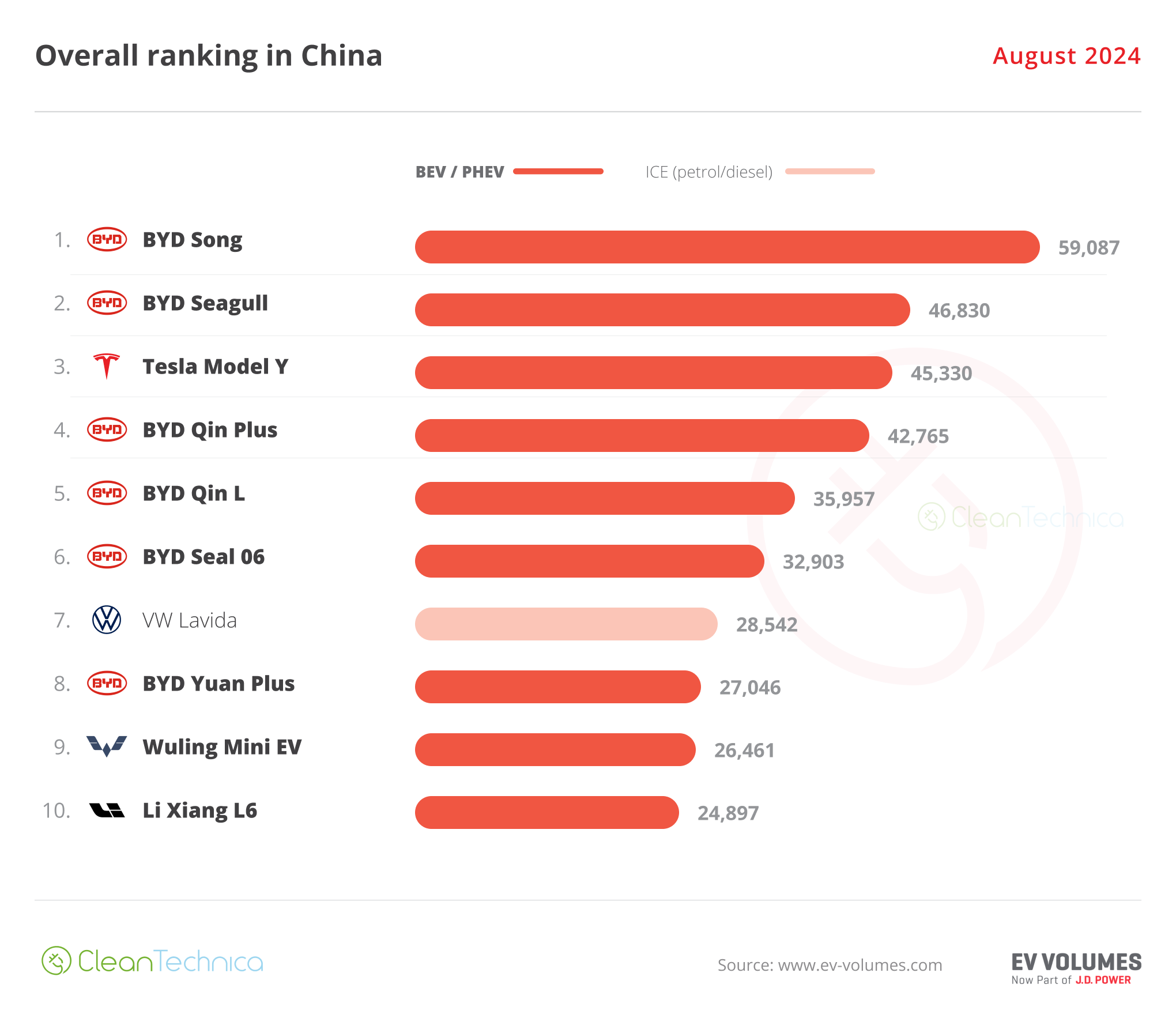
CALGARY — Imperial Oil Ltd. expects its recently completed transition to self-driving trucks at its Kearl oilsands mine will help boost bitumen production from that site to all-time record levels in the coming years.
The Calgary-headquartered Imperial, which is majority-owned by U.S. giant Exxon Mobil, said Friday that it has completed a multi-year effort to convert its entire fleet of heavy haul mining trucks at Kearl — which is located north of Fort McMurray, Alta. — to fully autonomous operation.
Imperial CEO Brad Corson said this means the company now has 81 fully autonomous haul trucks in service.
“We now operate the largest autonomous haul fleet in our industry, and one of the largest autonomous mining fleets in the world,” Corson said on a conference call in which he discussed the company’s third-quarter financial results.
“I’m very proud of what we have achieved to date with this program, and we continue to look at other potential opportunities to expand our autonomous project to other areas of our mining fleet.”
Globally, the mining sector has been increasingly working to deploy technology advances in the areas of AI and remote technology in order to remove human operators from some of the most difficult and dangerous mining jobs.
Imperial, which has been one of Canada’s early movers when it comes to the large-scale adoption of autonomous technology, said lower costs are one advantage of self-driving vehicles, though company executives said many former truck drivers have not lost their jobs but have been redeployed to work in the control room or other parts of the company’s operations.
“Head count reduction, or head count efficiencies, I’ll call it, is definitely one of the value drivers for autonomous – though it’s by no means the most significant,” said Simon Younger, Imperial’s senior vice-president for upstream.
“Really, the bulk of the value comes through productivity improvements.”
Younger said Imperial is already close to achieving the $1-per-barrel in cost savings the company had previously targeted from its autonomous program.
The improved efficiency and productivity of self-driving trucks will also help Imperial continue to grow oil production at Kearl, Corson said. In the third quarter, the oilsands site averaged 295,000 barrels of barrels per day of bitumen production — the highest quarterly production in the mine’s history.
It also broke a new single month production record in September, with 322,000 barrels per day of output on average.
Imperial indicated at its most recent investor day that it expects to average 280,000 barrels per day from Kearl in 2024, and grow that production to new heights beyond that.
“Though we haven’t put a specific timeline, we do see the potential to achieve 300,000 barrels per day,” Corson said.
“Thinks like autonomous haul, leveraging technology, are all integral components to achieving those higher volumes.”
In addition to driverless trucks, Imperial is working to deploy other new technologies across its operations including big data analytics, virtual reality, robotics and automation, drones and more.
Imperial said Friday it earned $1.6 billion in the third quarter of 2023, down from $2.0 billion in the prior year’s quarter.
Its profit worked out to $2.76 per share, compared with $3.24 per share in the same three-month period of 2022.
Upstream production in the third quarter of 423,000 gross oil-equivalent barrels per day on average, while refinery throughput in the quarter averaged 416,000 barrels per day with refinery capacity utilization of 96 per cent.
Imperial said its quarterly cash flow from operating activities was $2.4 billion.
This report by The Canadian Press was first published Oct. 27, 2023.
Companies in this story: (TSX:IMO)
Amanda Stephenson, The Canadian Press
Share This:




